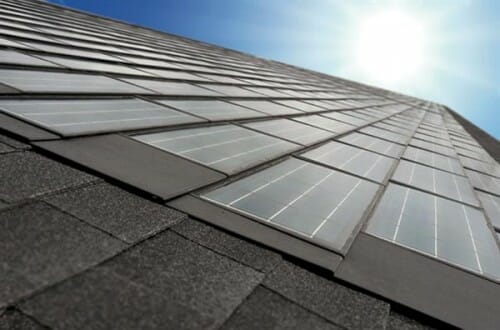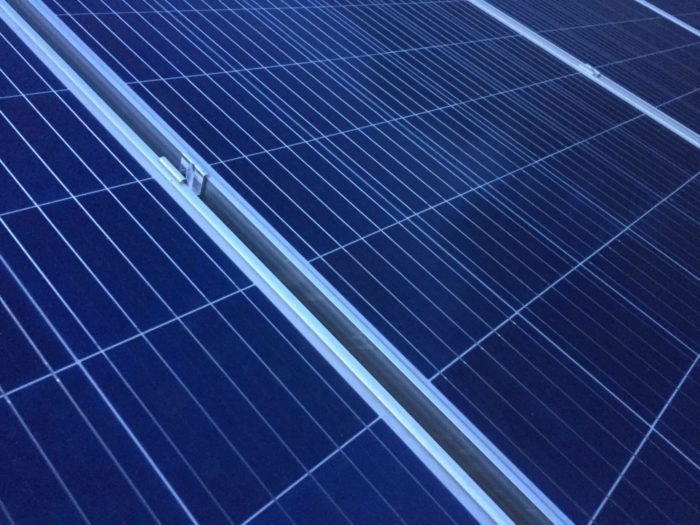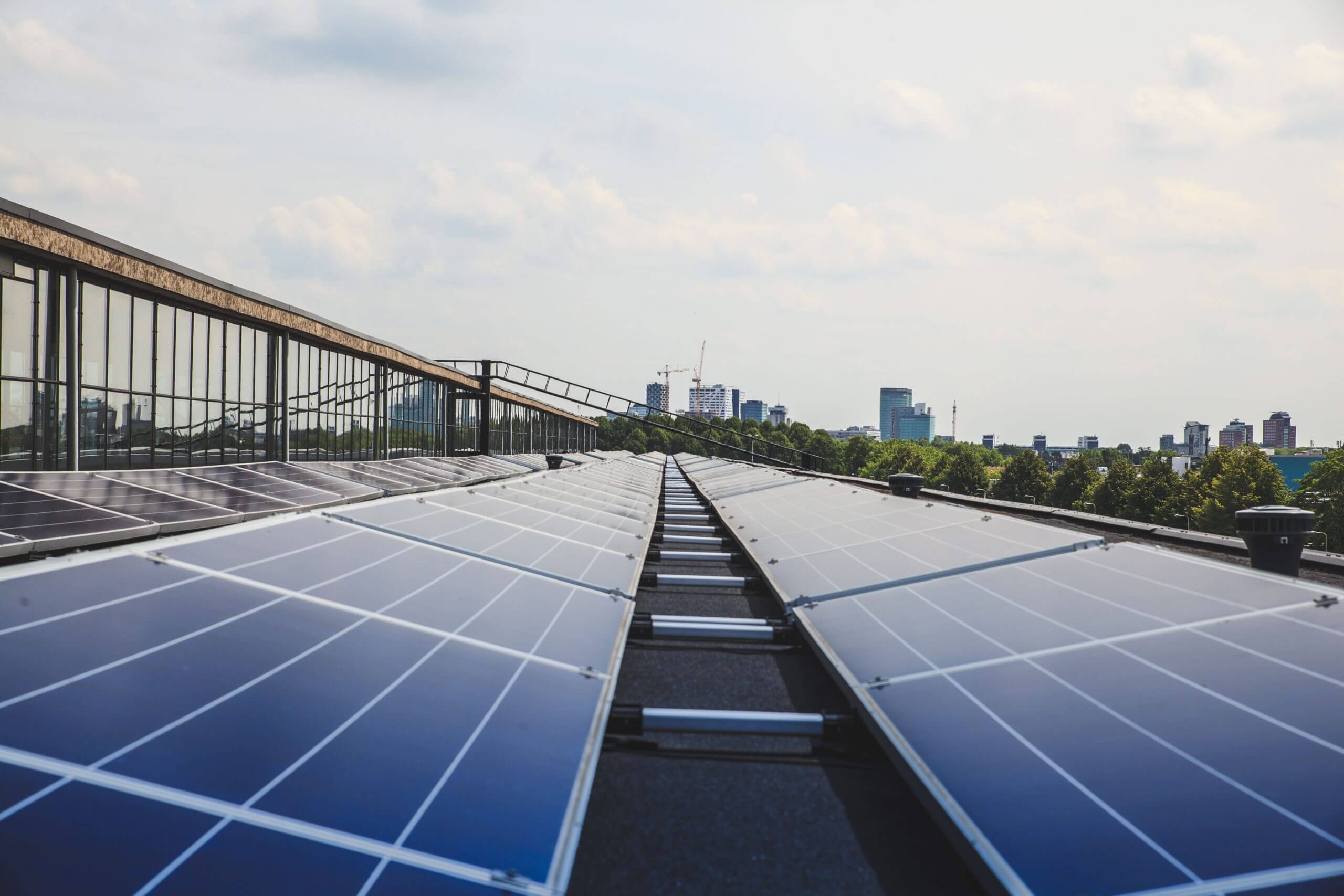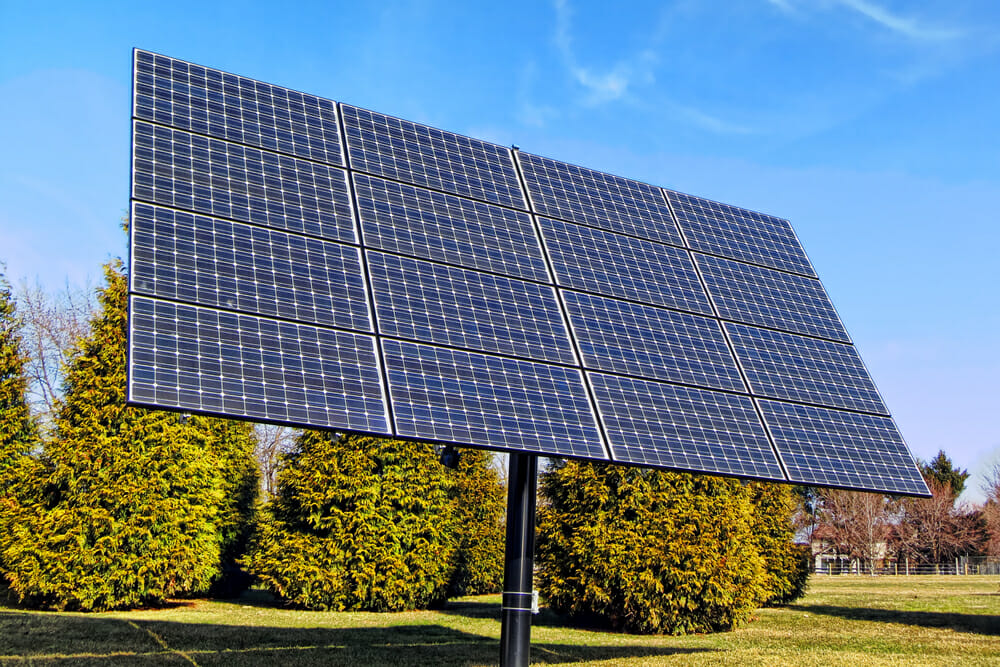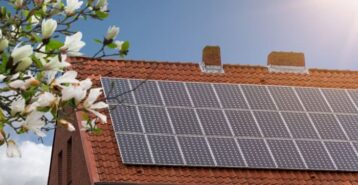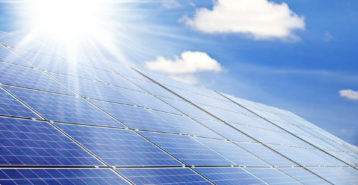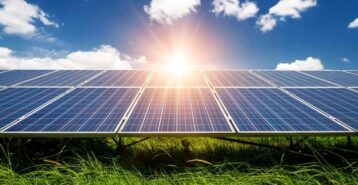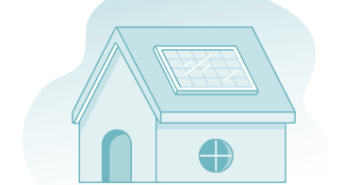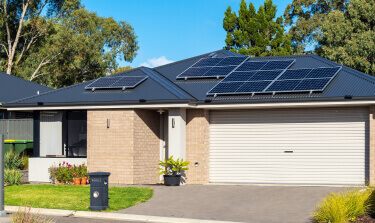Types of Solar Panels: What You Should Know
Thinking about adding solar panels to your home? It’s a smart move that can boost your energy savings and reduce your carbon footprint. But choosing the right type of panel isn’t always simple. From sleek solar shingles to high-efficiency monocrystalline options, each type has its own look and performance benefits. We’ll break down the four most popular types of solar panels: Solar shingles, polycrystalline, monocrystalline, and thin film to help you decide which one fits your home best.
Solar Roof Shingles
Solar roof shingles are a popular type of solar panel among homeowners who want a sleek, low-profile solar solution. Designed to blend in with asphalt shingles, they offer a modern look without sacrificing the benefits of solar energy.
These shingles are just as durable as standard roofing materials like asphalt shingles and can handle tough weather conditions. Each one generates between 13 and 67 watts of power, depending on the brand and model. Many systems also come with smart features, like app connectivity, so you can monitor your energy production in real time.
Homeowners love the clean appearance and how seamlessly they integrate into the roof. However, solar shingles do come with some downsides. Availability can be limited, and in some areas, you might encounter waitlists. They also come with a higher price tag, about $6 per watt, compared to $2.65 per watt for a traditional solar panel system.
Polycrystalline Solar Panels
Polycrystalline panels are a budget-friendly option for homeowners looking to install solar. They’re made by melting fragments of silicon crystals and molding them into shape, a low-waste process that keeps costs low.
While not as efficient as monocrystalline panels, polycrystalline systems can still offer solid performance. They produce less power per square foot and don’t perform as well in high temperatures, limiting efficiency very hot climates.
That said, they remain a popular type of solar panel due to their affordability. On average, polycrystalline panels cost between $0.90 and $1.50 per watt. Compared to the $1.00 to $1.50 per watt price tag for monocrystalline panels, these are a budget-friendly option.
Monocrystalline Solar Panels
Monocrystalline solar panels are known for their high efficiency and long lifespan. Made from a single, pure silicon crystal, these cells have a smooth, uniform appearance and are typically darker in color. Their cylindrical shape and high-quality material allow them to convert sunlight into electricity more effectively, meaning you’ll need fewer panels to power your home.
To create these cells, manufacturers cut silicon ingots into thin wafers and shape them with smooth, rounded edges. The result is a sleek, powerful panel that performs well, even in low-light conditions.
That added efficiency does come at a higher cost. Monocrystalline panels typically range from $1.00 to $1.50 per watt, slightly more than polycrystalline options. However, the extra investment pays off with greater energy output, longer warranties, and a longer useful life. This makes them a smart choice for homeowners looking for long-term value.
Thin Film Solar Panels
Thin-film solar panels are becoming a more popular type of solar panels for homeowners who want a lightweight and flexible alternative to traditional solar systems. Though they make up just 5% of the market, thin-film panels are gaining attention. They’re especially for curved or aesthetic-focused installs.
These panels get their name from how they’re made. Manufacturers apply ultra-thin layers of semiconductor materials, such as cadmium telluride, amorphous silicon, or copper indium gallium selenide, onto surfaces like glass or metal. The result is a panel that’s slimmer and more adaptable than the more rigid crystalline panels.
Homeowners often choose thin film for its clean look and versatility. These panels can even be shaped into shingles, helping them blend into your roofline more seamlessly than traditional solar arrays. They’re also lighter and easier to install in unconventional spaces. Plus, their lower material costs help keep pricing competitive.
However, there are some trade-offs. Thin-film panels typically offer lower efficiency, usually between 10% and 13%, so they require more roof space to generate the same amount of electricity. They also tend to degrade faster over time. Because of this, they often come with shorter warranties and lifespans, typically 10 to 20 years.
As of 2025, the average cost to install thin-film solar panels ranges from $1.00 to $2.20 per watt, depending on the panel type and installation complexity. But keep in mind, there may be local solar rebate incentives for installing these types of solar panels.
While they may not be the best fit for every home, they can be a great option for those prioritizing aesthetics, flexibility, or alternative installation needs.
Choosing a Solar Inverter Type
You’ll need to think about which type of solar inverter works best with your roof and solar energy system. Inverters are essential. They convert the direct current (DC) electricity your panels generate into alternating current (AC) electricity your home can actually use.
Choosing the right inverter can be a little overwhelming, so it’s smart to consult a local solar installer. Professionals can assess your setup and recommend the best fit. Here’s a quick breakdown of the three main types of inverters:
- String Inverters: These are the most common and most affordable option. They work best on roofs that are flat, get consistent sunlight, and don’t have much shading.
- Microinverters: These offer top-notch energy efficiency and allow each panel to operate independently, which can help maximize output. They’re more expensive but ideal if your roof gets varied sunlight or has complex angles.
- Power Optimizers: Sitting in the middle in terms of cost, power optimizers condition electricity at the panel level for greater efficiency, especially helpful if parts of your roof are shaded during the day.
Track Mounting vs Fixed Mounting for Solar Panels
Finally, you’ll need to consider how you’ll want your solar panels to be mounted. Here’s a general overview of the advantages and disadvantages of track and fixed mounting:
One of the most common ways to install solar panels is with a flat (or fixed) mount, which is ideal for homes with pitched roofs. These solar panel mounts keep the panels at a set angle and work well when your roof already gets steady sun exposure.
If your roof is flat or you’re installing panels in a different location, like in your yard, you might consider using solar trackers. These mounts follow the sun’s movement throughout the day to capture more energy, which can boost overall system efficiency.
Compare top-rated solar pros in your area.
Read real homeowner reviews, explore qualifications, and view promotions. Modernize makes it easy to browse professionals and find one that will be perfect for your project.
